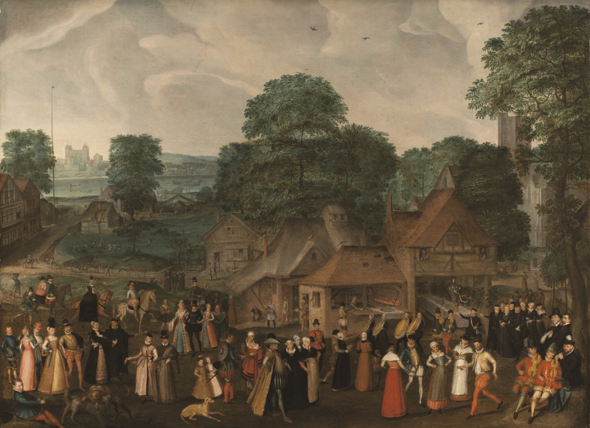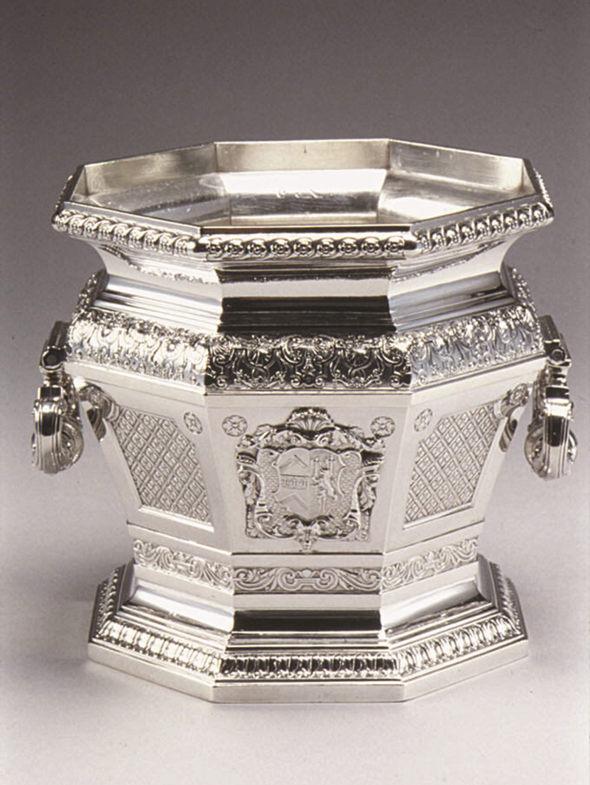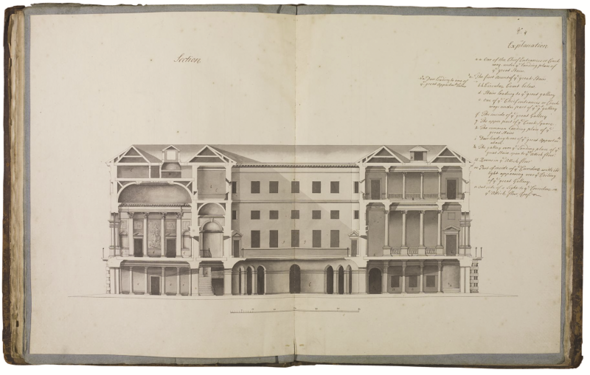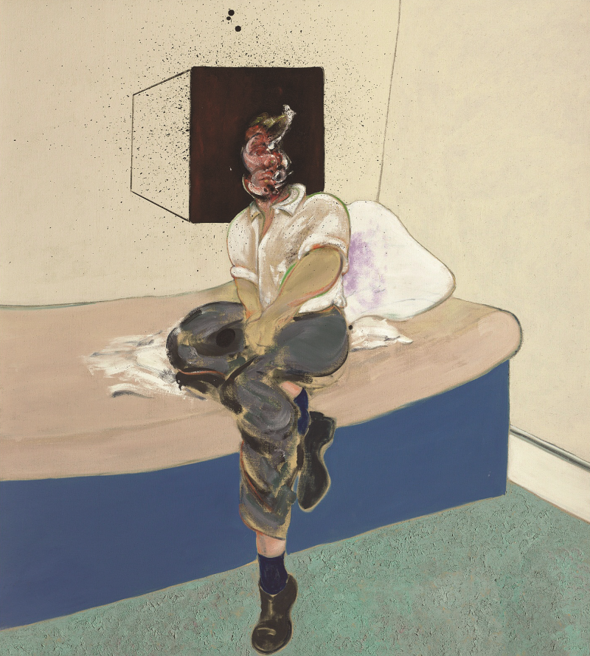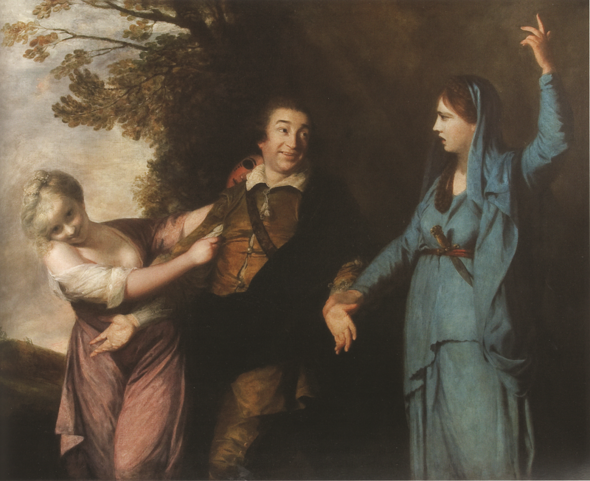By using this website you agree to our Cookie policy
Behind the dusty pink façade of the Egyptian Museum on Tahrir Square, Cairo, is crammed an astonishing range of Pharaonic artefacts. Visitors are greeted by the Narmer Palette, the great talismanic founding document of ancient Egypt, then led through a sprawling display including some of the best-known Old Kingdom sculptures, through to the treasures of Tutankhamun, Graeco-Roman period objects including funerary portraits, and the ever-popular display of royal mummies and their outsize sarcophagi. For over a century the Museum has been a Mecca for Egyptologists. Yet since its opening in 1903 the display has hardly been updated, only augmented with new discoveries, the building itself left to fall into disrepair as the various halls become ever-more crammed with objects, many simply being converted into storerooms. This is hardly a new situation: as far back as 1926 Julius Meier-Graefe was writing in this Magazine that the Museum in Cairo ‘is the worst kept in the world, and can only be regarded as a mere storeroom for works of art’.
‘He was the first Englishman who added the praise of the elegant arts to the other glories of his country. In taste, in grace, in facility, in happy invention, and in the richness and harmony of colouring, he was equal to the great masters of the renowned ages. In portrait he went beyond them [. . .]. He possessed the theory as perfectly as the practice of his art. To be such a painter, he was a profound and penetrating philosopher’. These are among the words which Edmund Burke wrote, within hours of Reynolds’s death on 23rd February 1792, in what must have been one of the most spontaneous of all obituaries. Mark Hallett’s book,1 which results from more than ten years of careful consideration, exonerates Burke more than two hundred years later from any charge of hasty hyperbole or exaggeration. Portraiture in Action is a superbly crafted study of the man who set out to become ‘no ordinary painter’.
